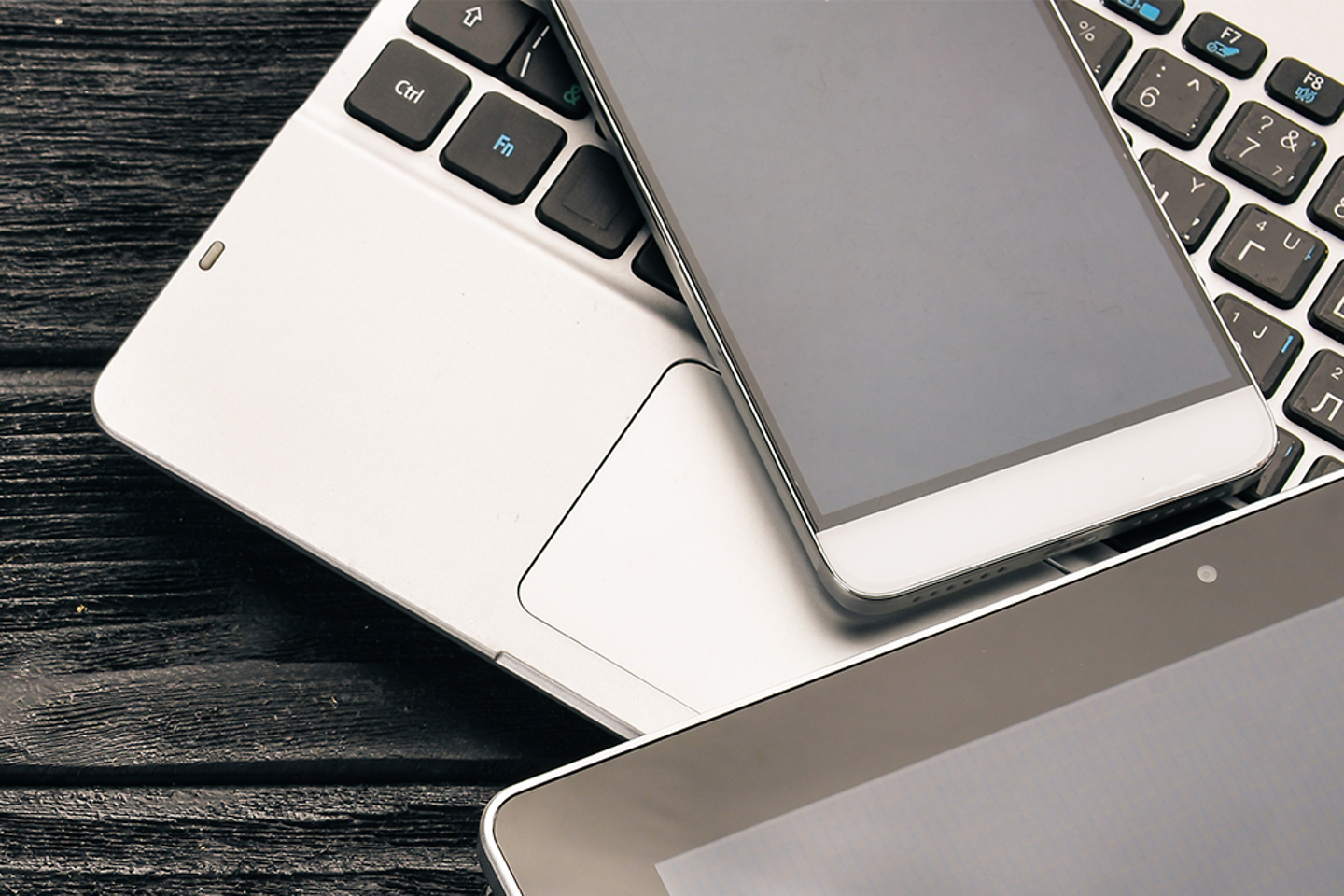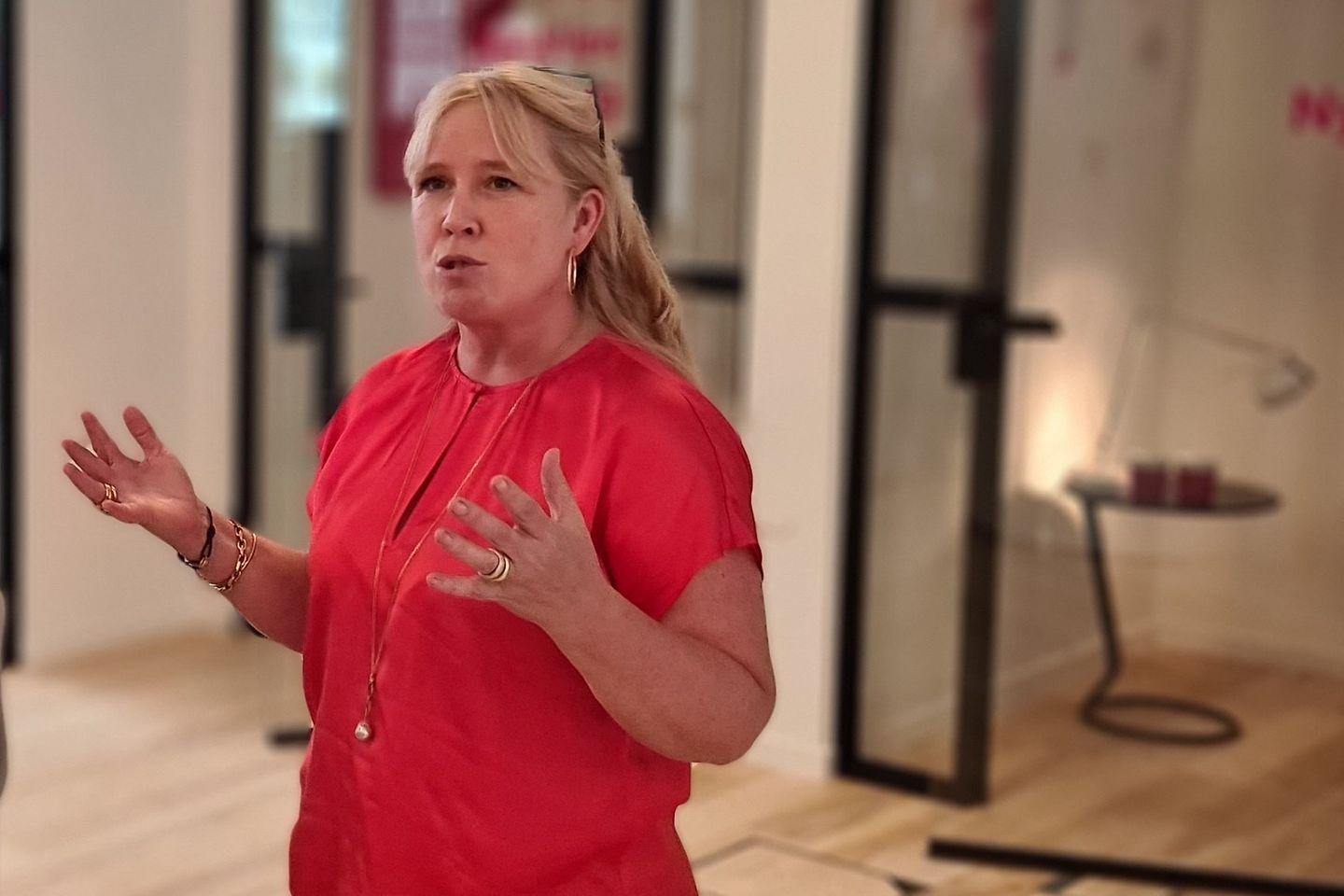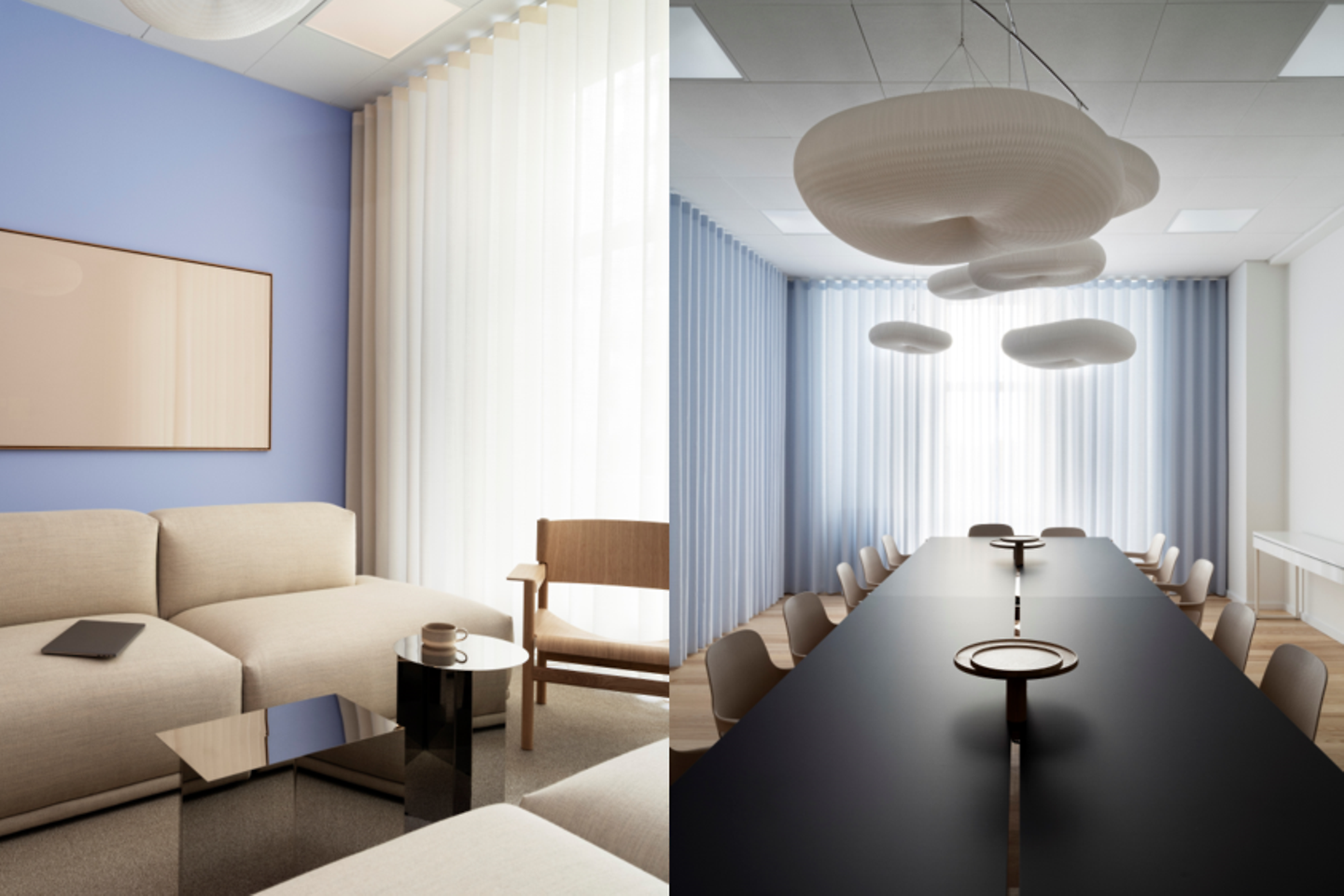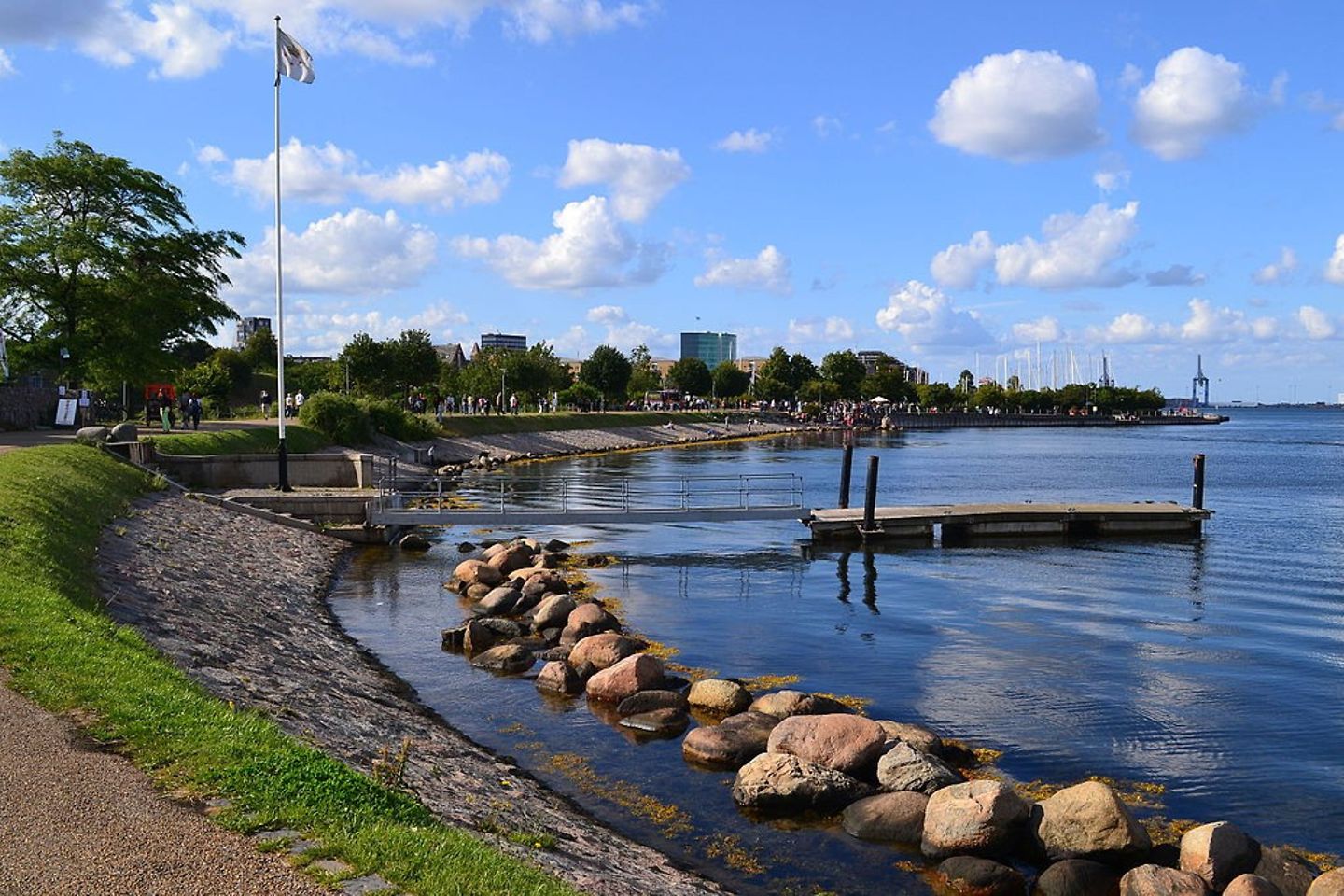
What has the Corona pandemic thought us? For many C-level executives across industries it has been an eye opener that employee productivity remains high despite full work forces have worked from home during lockdowns. The evidence is so strong that organizations around the world are now implementing new ways of working. Employees to a higher degree are encouraged to work from home – if not forced to do so.
This new work paradigm is in fact not as new as many would think. In the IT industry it is normal for employees to work from home - when it fits them. The flexibility has been there for years as has been the technology that supports it.

The lockdowns called for great coordination and many efforts at T-Systems. However, working from home was not new to us. Our productivity remained high, but interestingly, we did experience what we call a ‘loss of energy’. Related to the long lockdown periods, we experienced the social capital started to erode. The coherency power that enables colleagues to feel they are part of a team slowly diminished. The risk is obvious. There is less incentive to give an extra effort for the team and the feeling of organizational belonging fades as well. This can result in resignations.

Consequently, we firmly believe in the necessity to socialize at our office locations. As management theory argues, organizational culture is being rooted at the coffee machines and corridor talks. Social interactions fuel us as human beings. Employees should not permanently work from home as some organizations are experimenting with or already have implemented. It needs to be a balanced approach. People have the need to meet, socialize and feel they are part of a team – something greater.
A hybrid working model, where employees can choose to work from home or to be at the office is in our opinion the right way forward. Such a model embraces the demands of modern family lives. It not only gives flexibility to design a work-life balance that fits the individual, but it also accommodates an organization’s need for interactions to ratify its existence as social community. It strengthens the coherency power and thus the feeling of organizational belonging.

Recently, we changed office location in Copenhagen, Denmark to support our new HR strategy at T-Systems. Gone are individual offices and open landscapes. The typical 9-17 day is dead. Focus is on team collaboration, meetings, and socialization, where employees go in and out of the office environment in no specific pattern. We have consciously relocated our Copenhagen office to tap into urban surroundings and to expand the office boundaries. Leveraging the nearby maritime facilities and historical landmarks, our colleagues are encouraged to do walks and talks as conversations and meetings. In our point of view, the purpose of the physical surroundings needs to be adapted to fit this new reality of a hybrid working model. That is the future of work.